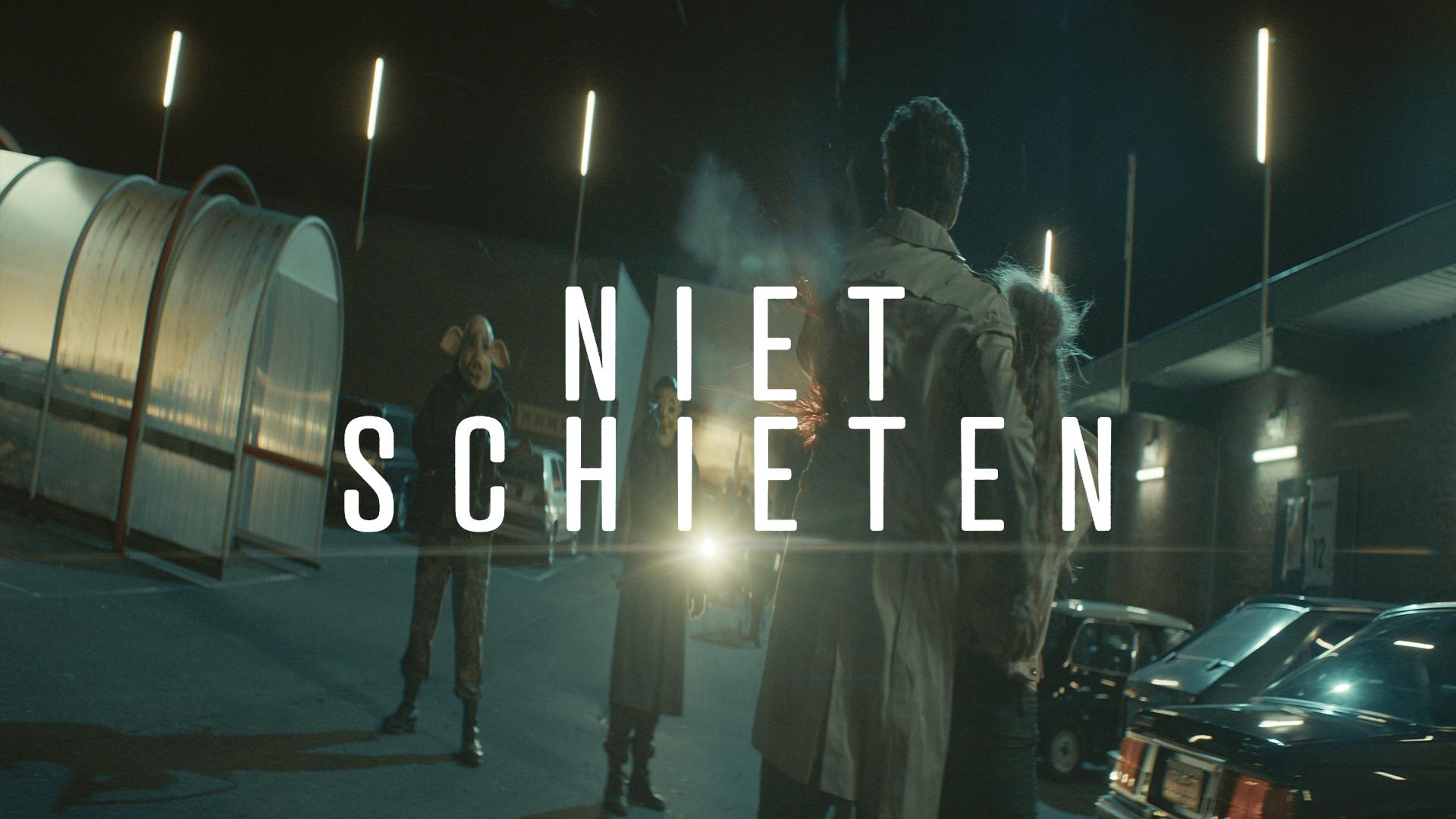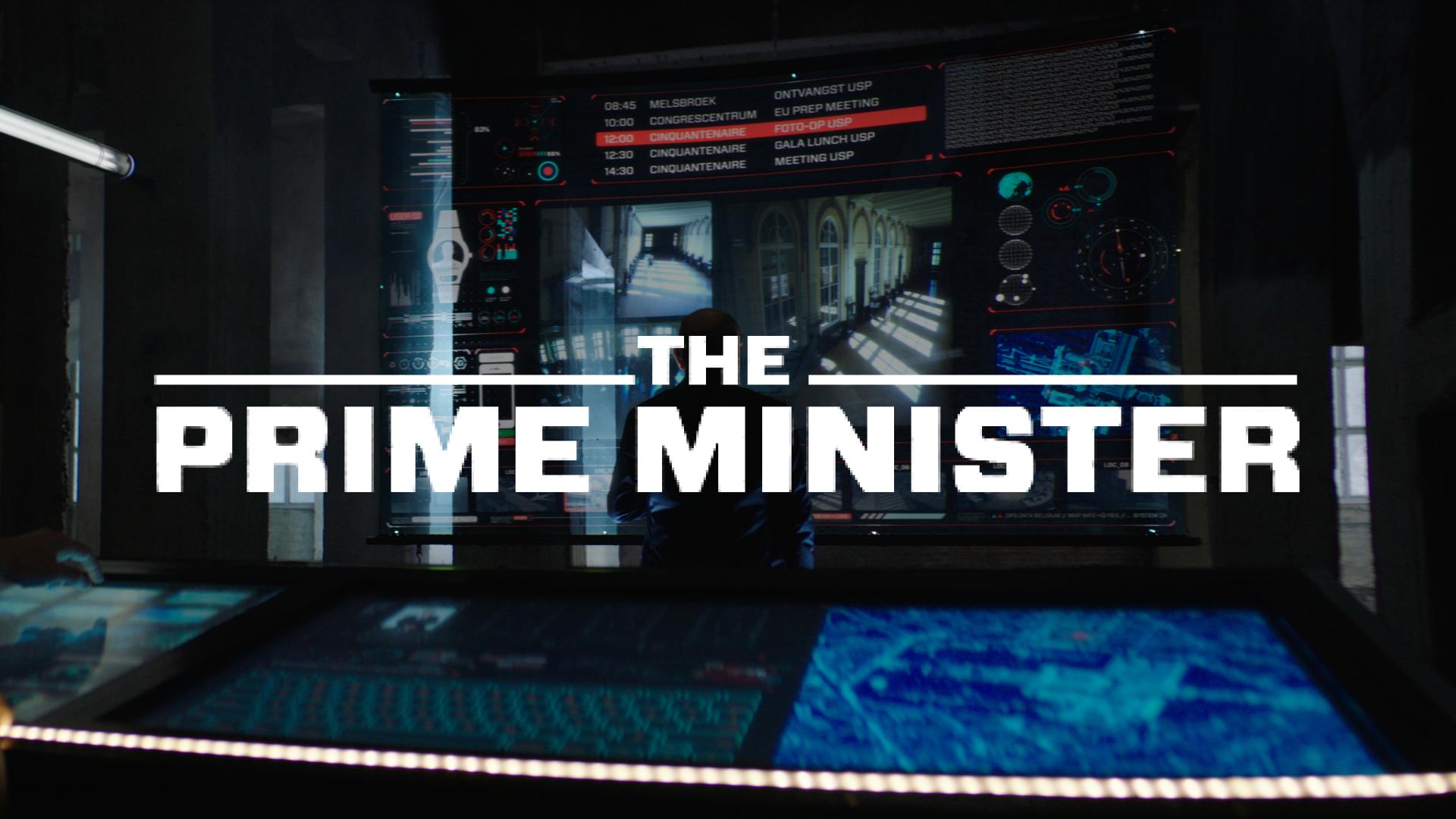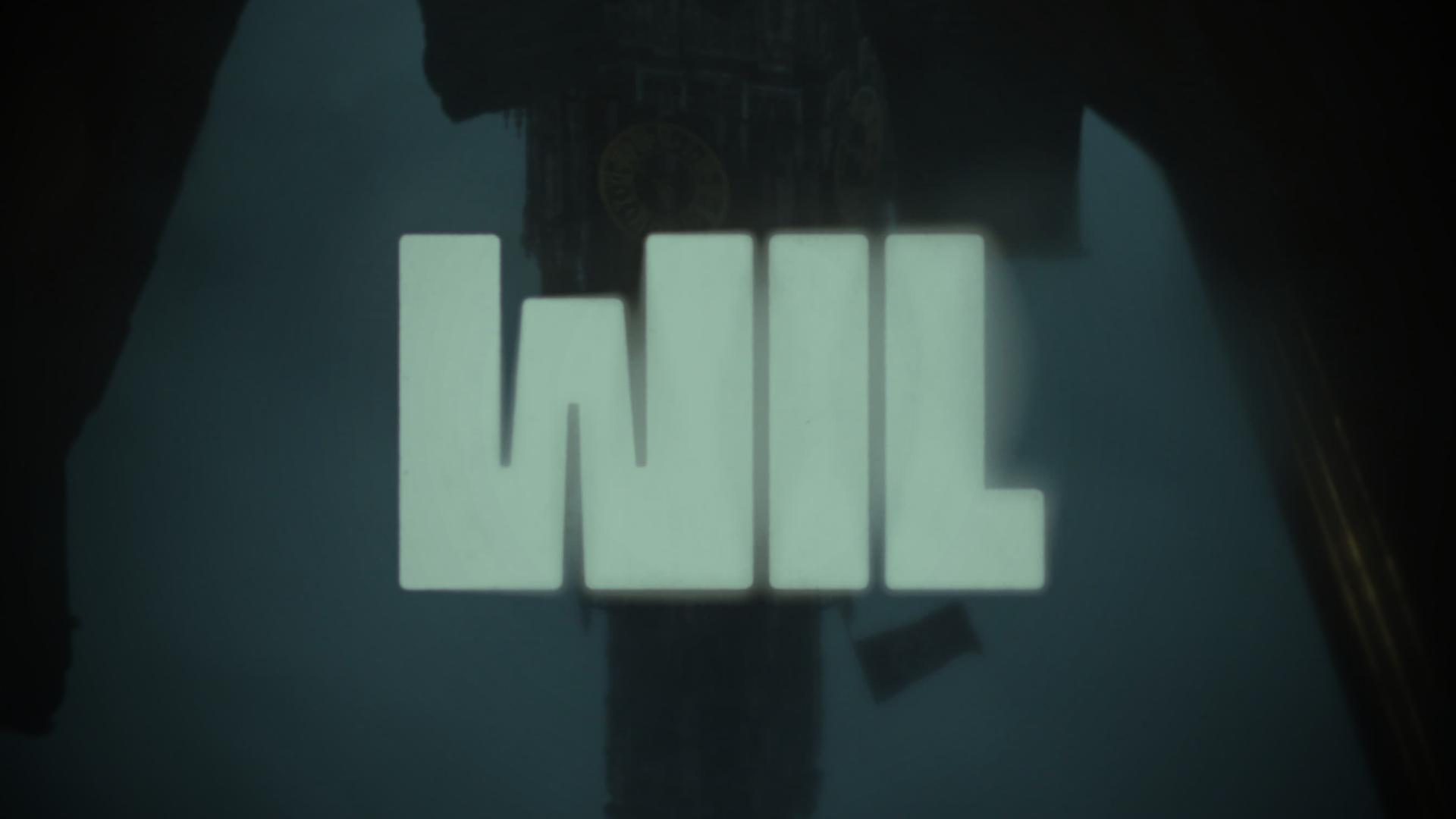
From the neon lights to the pumping beats, watch our VFX breakdown of 'Zillion' and relive the hype of the 90s!
When we set out to recreate the Zillion club building's exterior, we opted to use a completely CG approach rather than relying on matte paintings or physical set pieces. Only a very small part of the exterior - the front entrance door - was built as a set piece and stuck against the facade of the abandoned warehouse where the shoot took place.
The challenge, as it turned out, was fitting the former club into the shoot location, as they had very different dimensions. Also the locations for the front and the back entrance were geographically separated and very different, making it necessary for us to come up with a building-block approach where we could resize and reposition the individual buildings the complex was constructed out of on a per-shot basis. That way we could, for instance, make sure the landmark industrial chimney that was at the center of the complex, was visible in most of the shots.
We then modeled, textured and shaded the building blocks, taking care especially of reproducing the mix of metallic and reflective tiles the main entrance building facade was plated with. This way we managed to get its signature shimmering effect.
Further care went into fitting the whole with the many neon tubes and spotlights that would light it up at night-time. This really helped to get the cutting-edge technoclub-feeling the Zillion was famous for.
One further challenge in this production was in the aesthetics of the shots; elaborate camera moves, focus pulls, characters crossing in and out of frame, dynamic effects-lighting, and stage smoke. Although this meant matchmoving was kind of a nightmare, it also helped to integrate the CG and the plate to an extent that everything blended into a seamless whole.
The openings credits and main title are inspired by the original Zillion ‘computer graphics’. By that time made by Frank Verstraeten himself. We wanted to refer to the atmosphere of these graphic, to bring back the Zillion feel, but with the production value of today. For the main title the original Zillion logo was used.
Stills from the original Zillion graphics
first sketches for the main and opening titles
The first sketches were made by Joery Verwey. Motion Graphics were done by Kevin Megens.
Over all art direction by Donald Roos.
Openings credits
Designing the graphic effects for Zillion was an enjoyable nostalgic journey.
Our goal was to recreate the iconic graphic style of the late 90s, which was widely used in the clubbing and nightlife scenes. As the digital age was rapidly evolving, people were eager to showcase the new possibilities with flashy 3D graphics, lens flares, drop shadows, and gold and silver textured titles. Nowadays, this style can be seen as excessive and absurd.
We aimed to strike a sweet balance between the flamboyant 90s style and a slightly more modern cinematic feel with the graphics we created.
Antwerp, Belgium, 1997. Based on a true story.
Zillion tells the epic story of the rise and fall of the country's biggest disco ever. In an age when 'the sky was the limit', in a universe where sex & drugs, techno and most of all loads of money circulate freely, the protagonists go is search of fame and kicks, alongside respect and love.
The stuff money can't buy.


